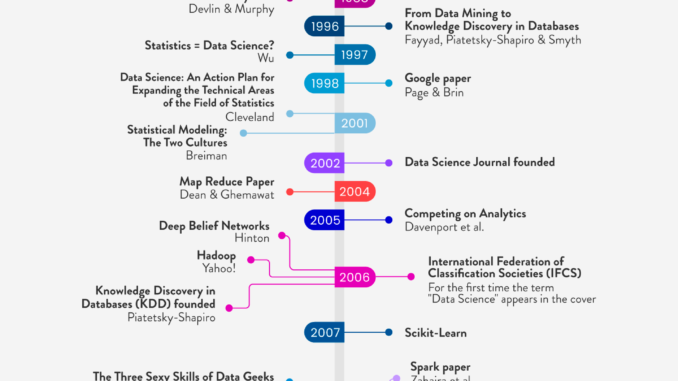
Quite often I find myself confused regarding the career my friends are in pursuit of- data science. The steady growth of vacancies for data scientists, data analysts, data engineers and of the sort fuelled the flame of curiosity in me.
From what I have gathered data science promptly interprets data of a seemingly infinite amount and can be used for uncountable purposes, both in the business sector as well as various organizations. Living in the period of the fourth industrial revolution, it is practically impossible to think about conducting a business without data.
“WHAT ARE THE PROSPECTS IN DATA SCIENCE?”
Today, 90% of the calling is for data analysts and data scientists. According to NASCOM more than 1 lakh job opportunities are of the said field. If you are interested to mark your place in the sector let me tell you, this is the right time. Surf up the window, followed by the required training and you can roll up your sleeves to tackle the chase.
“SO… HOW DO WE PURSUE?”
Data scientists require a certain skill set; particularly in the three major areas- mathematics, technology, and business acumen.
Preceeding the above mentioned requirements, education holds the primary position. The first step is earning a Bachelor’s degree in either subject-
• Computer science
• Mathematics
• Engineering
• Statistics.
Tailed by a Master’s degree in
• Mathematics
• Data science
• Statistics, etc.,
Ending with a PhD.
“ADDITIONAL REQUIREMENTS?”
Possessing any amount of degrees would be considered less significant if there is a lack of technical skill. Data scientists have to have an ardent grasp of computer skills, which includes:
Data Mining: it falls under the category of mathematical expertise. Mining is to retrieve data from the data warehouse. Several business moguls require a quantitative analysis of data and build an analytical model model.
R programming: this language is a noteworthy resource for the aspiring data scientists. In order to have an in depth grasp of data analytics, R programming is the solution.
Python: it is the most versatile programming language and can be used in almost every data science process.
Machine learning: it is an aspect of the artificial intelligence. Machine learning aims at programming computers to learn from data without human interference
AI: presumably most of the young adults has an idea of what Artificial intelligence is, owing to Tony Stark (MCU character). Undoubtedly, AI is the future of the world, leading to human robotics. Research suggests eventually this will create an impact on the upcoming generations.
“MISCONCEPTIONS”
There is a glaring misconception of data scientists and data analysts being synonymous. A data analyst is given the responsibility of solving the given problems, analyzing, and sorting the data and interpreting it into a comprehensive list. While a data scientist formulates answers which will be beneficial for the respective sector.
The digitization of our world consequentially led to an ardent search for a lucrative career. Data scientists are taking the lead in the top ten hottest callings. Gone are the days where business was only characterized by the physical quid pro quo. Now, the whole kit and caboodle is computerized.
From image recognition in Facebook and suggestions on various eCommerce platforms (Amazon, Flipkart etc.) to voice recognition in Siri and Cortana and operational efficiency in logistics data science is the basic requirement.
Proudly WWW.PONIREVO.COM
by Shalini M



